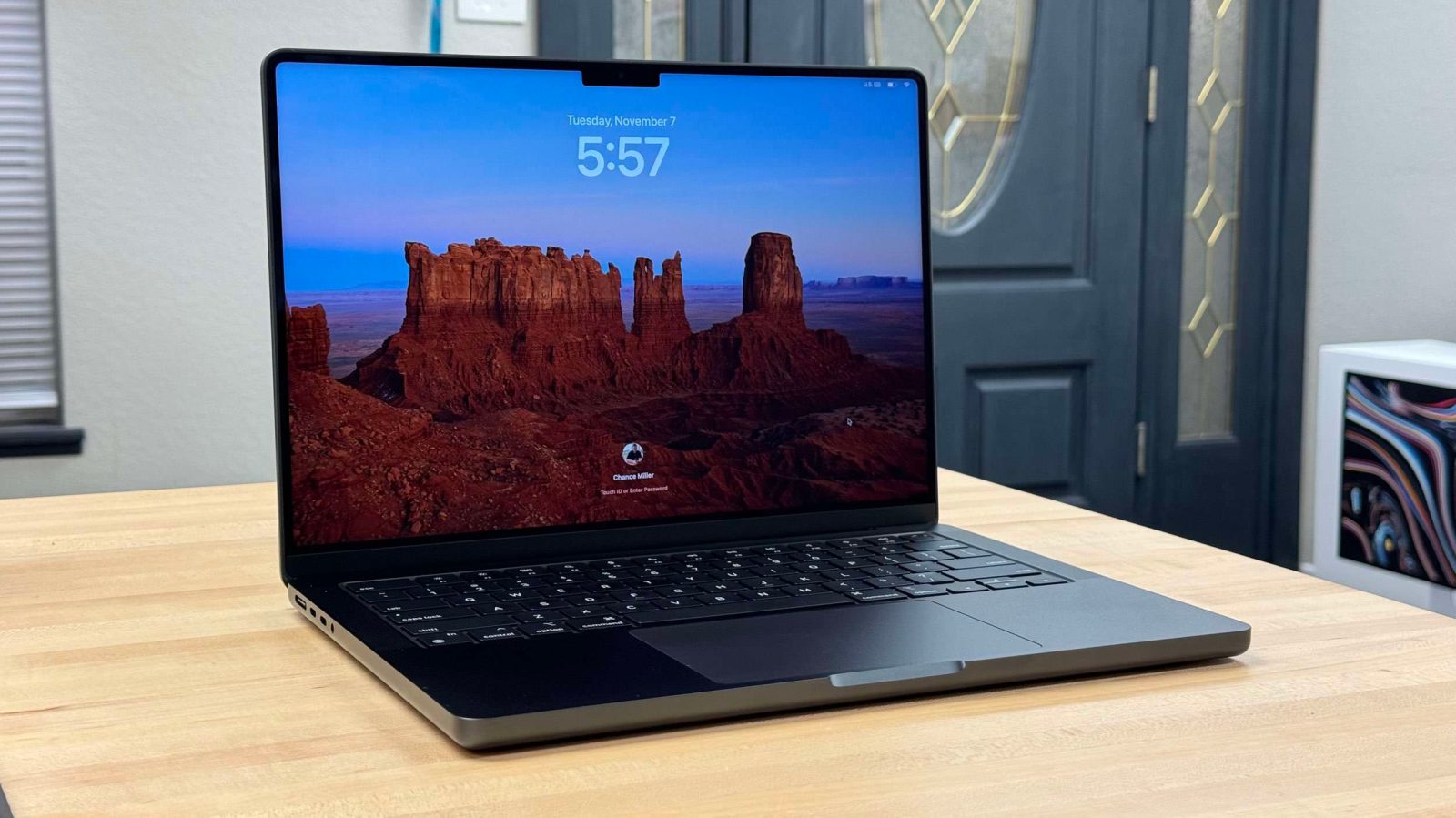
Apple @ Work is brought to you by Mosyle, the only Apple Unified Platform. Mosyle is the only solution that fully integrates five different applications on a single Apple-only platform, allowing businesses to easily and automatically deploy, manage, & protect all their Apple devices. Over 38,000 organizations leverage Mosyle solutions to automate the deployment, management, and security of millions of Apple devices daily. Request a FREE account today and discover how you can put your Apple fleet on auto-pilot at a price point that is hard to believe.
With Apple’s fall release, we’re seeing Wi-Fi 6E continue to come to Apple’s product line. Outside of the MacBook Air, all of the Macs now have options for Wi-Fi 6E. On the iPhone, the iPhone 15 Pro and iPhone 15 Pro Max support Wi-Fi 6E. On the iPad, only the iPad Pro 11-inch (4th generation) or iPad Pro 12.9-inch (6th generation) support Wi-Fi 6E. Are we at a tipping point where it’s time to start considering Wi-Fi 6E deployments? What about Wi-Fi 7?

About Apple @ Work: Bradley Chambers managed an enterprise IT network from 2009 to 2021. Through his experience deploying and managing firewalls, switches, a mobile device management system, enterprise grade Wi-Fi, 100s of Macs, and 100s of iPads, Bradley will highlight ways in which Apple IT managers deploy Apple devices, build networks to support them, train users, stories from the trenches of IT management, and ways Apple could improve its products for IT departments.
What are the benefits of Wi-Fi 6E?
Wi-Fi 6E is an entirely new world for Wi-Fi. If you’ve been around the Wi-Fi industry for long enough, you know that we’ve had this back-and-forth battle between 2.4 GHz and 5 GHz. 5 GHz is much faster and cleaner, but it didn’t travel nearly as far as 2.4 GHz while also costing more battery life. 2.4 GHz is a crowded band It only has 3 non-overlapping channels. In dense environments, it’s challenging to avoid cross-channel interference. I thought 5 GHz would eventually phase out 2.4 GHz, but Wi-Fi 6 technology actually brought back 2.4 GHz. It clearly is harder to kill than The Terminator.
If Wi-Fi 6 was a 4-lane highway, Wi-Fi 6E is an 8-lane interstate that only allows a certain speed car. Wi-Fi 6E uses spectrum in the 6 GHz band which can accommodate up to seven 160 MHz channels or fourteen 80 MHz channels. This extra spectrum greatly increases the bandwidth available for Wi-Fi devices, which is especially beneficial in crowded areas. Wi-Fi 6E is the biggest upgrade, in my opinion, to Wi-Fi in many years. While devices that support Wi-Fi 6E are backward compatible with older Wi-Fi technology, devices that do not support Wi-Fi 6E cannot join the 6 GHz band. It’s like saying that there is a new highway that only EV cars can take. It’s going to be much less crowded. So we have a situation where there is a new Wi-Fi technology that is pretty revolutionary, and it’s quickly coming to Apple’s entire platform. Wi-Fi 6E technology has been around for several years, but like any new spec, it takes time to come to devices.
Is it time to deploy Wi-Fi 6E?
If you’re deploying a new fleet of Apple devices for your school or business office that supports Wi-Fi 6E, then yes, I think it’s time to consider a Wi-Fi 6E deployment to match it. Wi-Fi 6E is in some ways “not the flavor of the month” as Wi-Fi 7 access points are starting to replace it on the high end. I’ll have more to say on Wi-Fi 7 in a future article, but I think we’re a few years away from seeing it replace Wi-Fi 6E in Apple’s devices. Apple is never the first to deploy a new Wi-Fi standard as early versions are generally pretty battery-hungry. Wi-Fi 7, in ideal environments, does have some major performance improvements, but there’s a lot that goes into seeing those speed increases.
Yes, Wi-Fi 6E is more expensive than Wi-Fi 6. You can spot the difference in pricing between UniFi’s 6E access point vs the UniFi Wi-Fi 6 access point. It’s more expensive, but if you’re deploying 6E-compatible devices today, I think it makes sense to consider upgrading at least part of your network to support 6E. If you’re still using Wi-Fi 6 devices, such as the MacBook Air, you can probably stick to Wi-Fi 6 until you have Wi-Fi 6E devices.
FTC: We use income earning auto affiliate links. More.








Comments